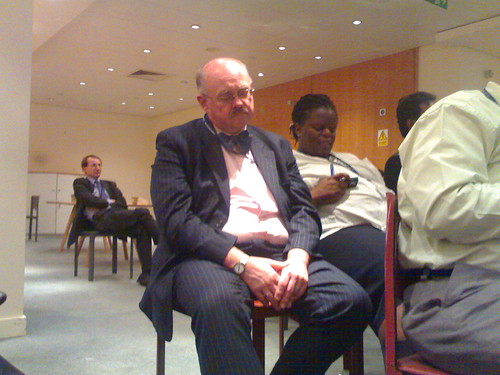- Host meetings to find consensus on the way forward. Put too many items on the agenda. Put the things you care about last on the list; call it consensus when everyone agrees with your suggestions so you can go home already.
- Do interviews with everyone who might care about your topic. Exhaustive interviews. Write them up into an attractive report with a title that includes the word stakeholders. Distribute the report extensively. Ignore its contents.
- Host a working group on your topic. Form sub-working groups. A lot of them. At least 20. Draft an elaborate flow chart of the groups and how they relate. Have every sub-group discuss, edit, and approve the chart. Circulate the changes for approval. Once that’s done, have every sub-group draft a list of priorities for their group. While all this is going on, implement your project. If anyone asks why they weren’t involved, tell them some other sub-working group was.
- Write a document that says exactly what you want it to. Label it “draft” in big letters. Circulate it to everyone. Tell everyone who receives it that you want their input. When anyone suggests changes, thank them and ask for the changes in another format. If they give you written changes, ask for them at the meeting next week. If they bring them up at a meeting, have everyone discuss the items and then say you need the final inputs via email. After two months, rearrange all your same points into a new order, and publish the document as final and start your project.
- Have a long meeting, with many presentations, on what you plan to do. Invite all your stakeholders. Have them hold all their questions and comments for the end. Run out of time, and don’t let anyone question or comment. From then on, refer to that initial meeting as your “design meeting, where the stakeholders created the project.”
***************************************


